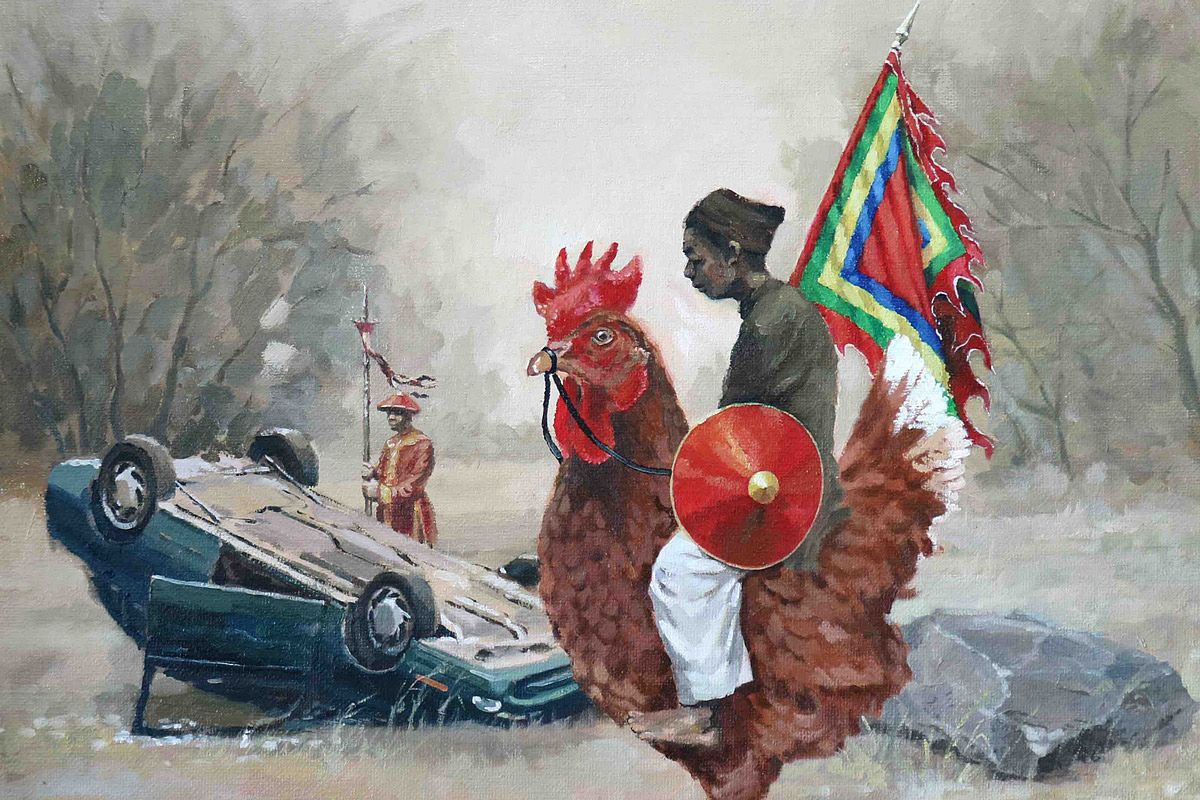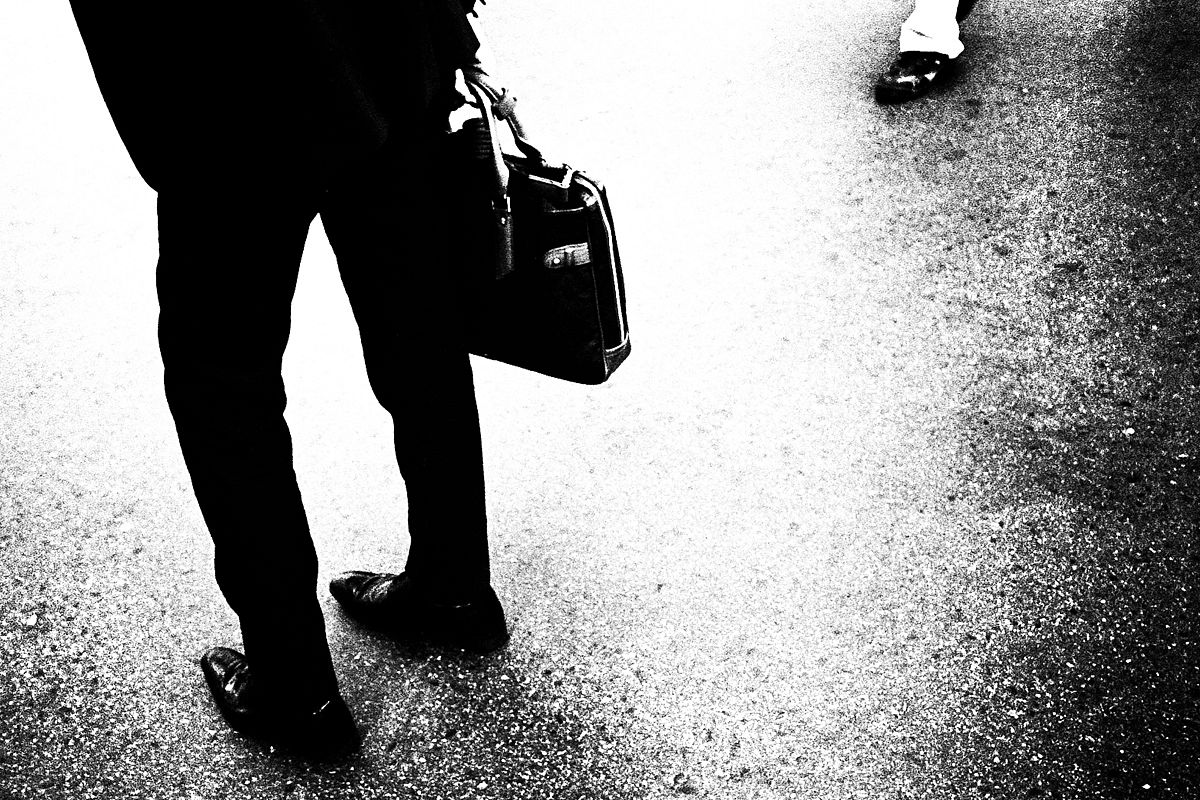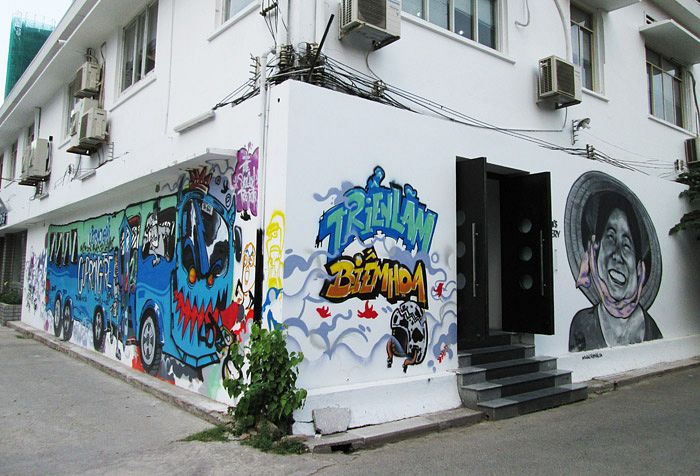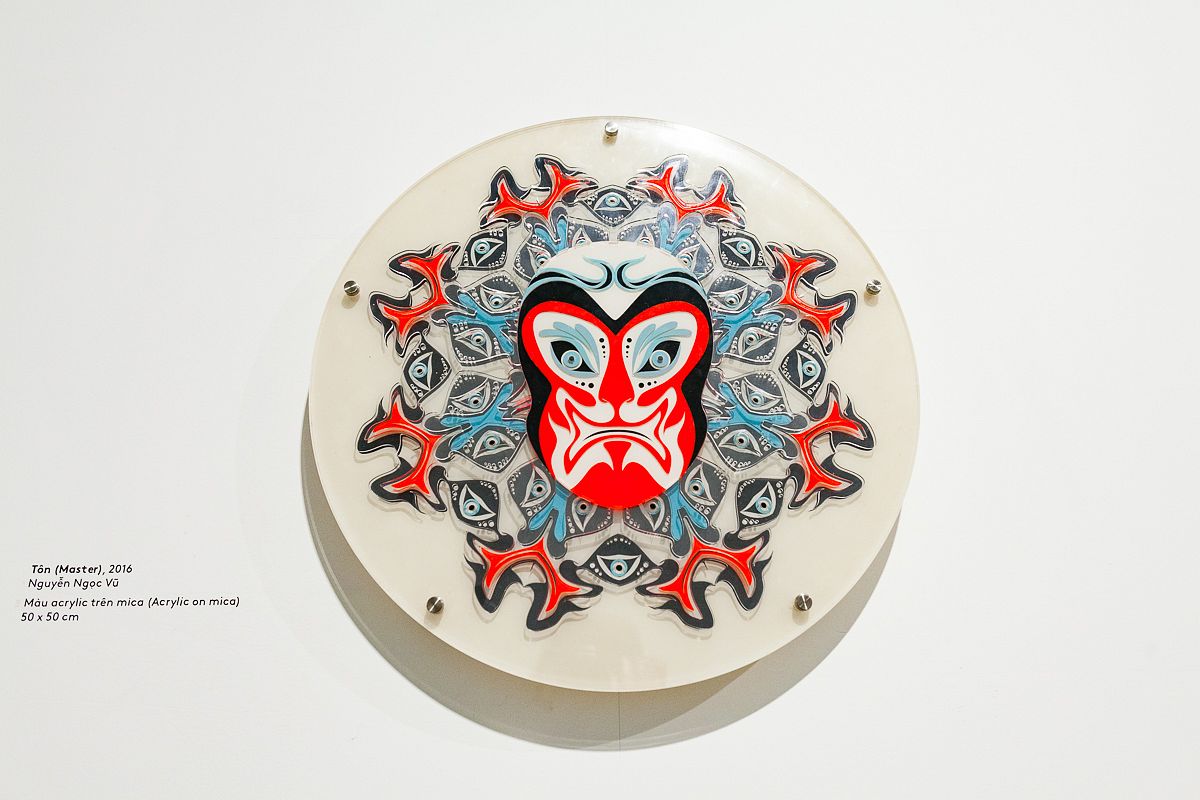Gender Behavior brings to Saigon’s The Factory a research-based photography, dance, film and performance show which discusses the notion of gender in Vietnamese society.
It has been only a month since Suboi, Saigon’s “Queen of Hip-Hop”, shared with President Obama her observations about economic and gender stereotypes in Vietnam. Unfortunately, the media and social media seemed so busy gushing about Obama beatboxing for a Vietnamese rapper that they forgot to discuss the singer’s thoughts: “Like me, an Asian rapper, they look at me like a cute girl…but for Vietnamese people it is different, they think rapping is not for women.”
That was the most recent and most widely shared instance of a young Vietnamese artist talking about stereotypes in her country.
International and national newspapers have covered the country’s legislative improvements on same-sex marriages, gender stereotypes, inequality in the media, the role of cultural and traditional norms and, more recently, transgender rights, but it seems that we have been so busy patting ourselves on the back for Vietnam’s overall advancements in equality that we have forgotten to bring the conversation into our everyday lives.
The idea behind Gender Behavior, whose first transdisciplinary event of the same name takes place at The Factory on Saturday, July 9, was precisely born with the intention of expanding the understanding of gender-related issues in Vietnam by using art and playful interactions. Born in Vietnam but now residing in France, Vy Cao majored in Political Science and was surprised to see that not much has changed in people’s behavior and awareness on these topics since she left Vietnam in 2007.
With friends and photographers Hortense Plé and Tu Bui, they began to create a research-based interactive art project to engage people. “I did research on these topics but no one will read it,” Cao tells Saigoneer. “Instead, if people play with it and art is involved, then they might engage with it.”
The focus of the show is on prejudices, education and customs, and how each of these affects our body, appearance and attitudes. As part of the project, Cao videotaped and observed people’s interactions and body language in public places in Vietnam.

Volunteer training for the dance event. Photo by Tu Bui.
“We can see big differences between foreigners’ and Vietnamese ways of expressing their feelings,” Cao explains. “Vietnamese tend to cover their emotions deep inside themselves. I have found so many funny things: women are never alone in a coffee shop unless they are with a man. Lots of women cover themselves when they come back home at night. In group conversations at restaurants, men talk to men and women sit there without talking, but in a similar situation, the same dynamic doesn’t happen in a transgender group, where they all engage.”
Women’s demeanors are the result of various cultural and economic factors which have been amply identified in studies and are rooted in Confucianism, family and labor gender divisions. The lack of an ongoing discussion on such roots has led to problems ranging from discrimination to a wage gap, stigma to sexually transmitted diseases. According to tradition, women’s roles are strictly domestically oriented and dependent on men, a fact which is then subconsciously manifested in the smallest everyday interactions.
For the show, Plé, who studied Plastic Arts in France, will exhibit a photographic mosaic entitled Who are You? which highlights the external appearances that are imposed on women in Vietnam.
“This is a continuation of an art project about identity I started in France,” says Plé. “I took two portraits of 40 people at [Vietnamese LGBT organization] ICS. For the first portrait, I ask them to be in the way society wants them to be, while for the second, to be how they want to be. The black-and-white photos are reduced to passport size, and also I have arranged them in a way that the visitors cannot immediately tell if they are looking at a girl or a boy.”

Cao and Plé in What We Talk About When We Talk About Love. Photo by Tu Bui.
What We Talk About When We Talk About Love, the second photography exhibit of Gender Behavior, is by Tu Bui and was inspired by Cao’s research. The exhibit revolves around five topics: male dancers, transgender men, transgender women, homosexual parents and a photo essay on Vy and Hortense.
“People have preconceptions about love,” says Bui. “I want to show my definition of love, which is not between men and women or country and man, but it’s a more common thing that can touch different aspects of life.”
Some of the realities captured through Bui’s lense include a male dancer who has been hiding from his family his participation in and love for dance for over two years as well as a lesbian couple who are also parents. The people photographed by Bui will also attend the event on Saturday and share their stories with the audience.
Various people got involved in the project to add more voices and ways of representing gender behavior in Vietnam.

Body painting for a video featured at the exhibition. Photo by Tu Bui.
Plé opens the event with a gender transformative performance, shifting through masculine, feminine and non-gender transformations. The public is then invited to try for themselves the various transformations in order to feel what it is like to embody different genders for a short period of time. Choreographed by Standpoint Theories’ creative director and member of The Movement Kitchen Emily Navarra, a dance performance by volunteers and professional dancers will follow at 8pm.
Gender Behavior will also feature a stop-motion documentary.
The founders aim to make this an ongoing project centered on educating the community in a playful way.
Gender Behavior will take place at The Factory on July 9 at 7pm.
The Factory Contemporary Arts Center
15 Nguyen U Di, Thao Dien Ward, D2

[Photo via Gender Behavior]















